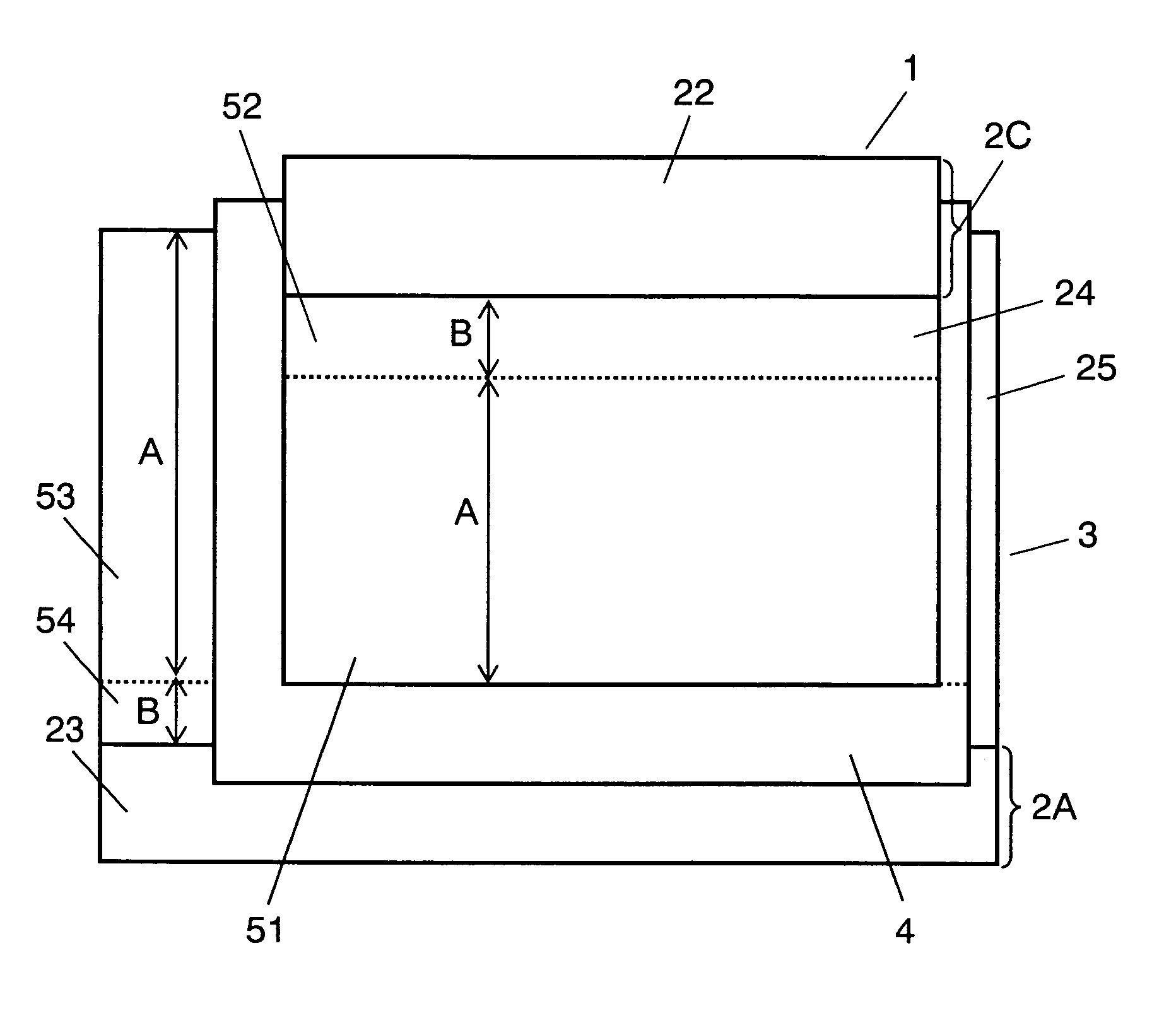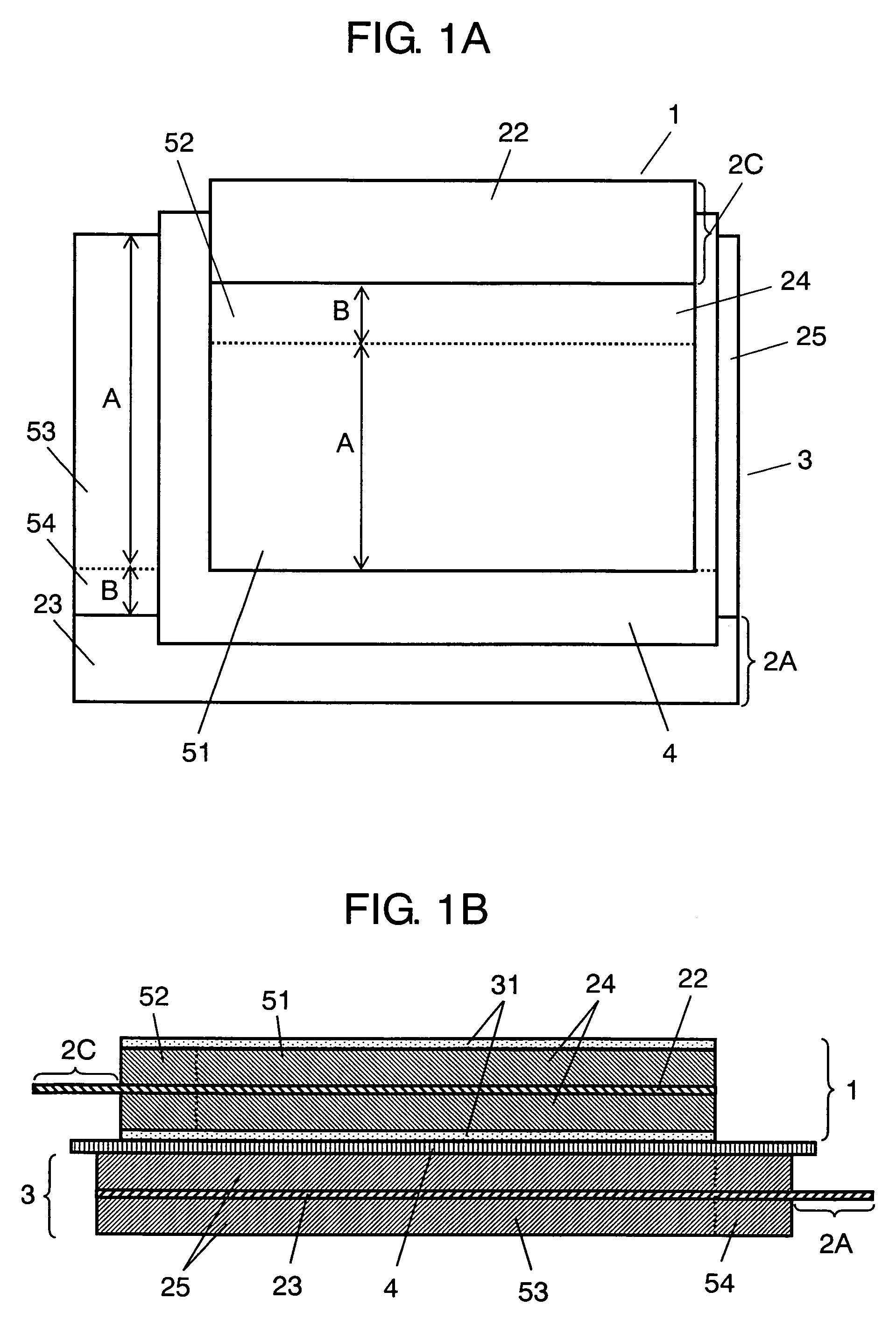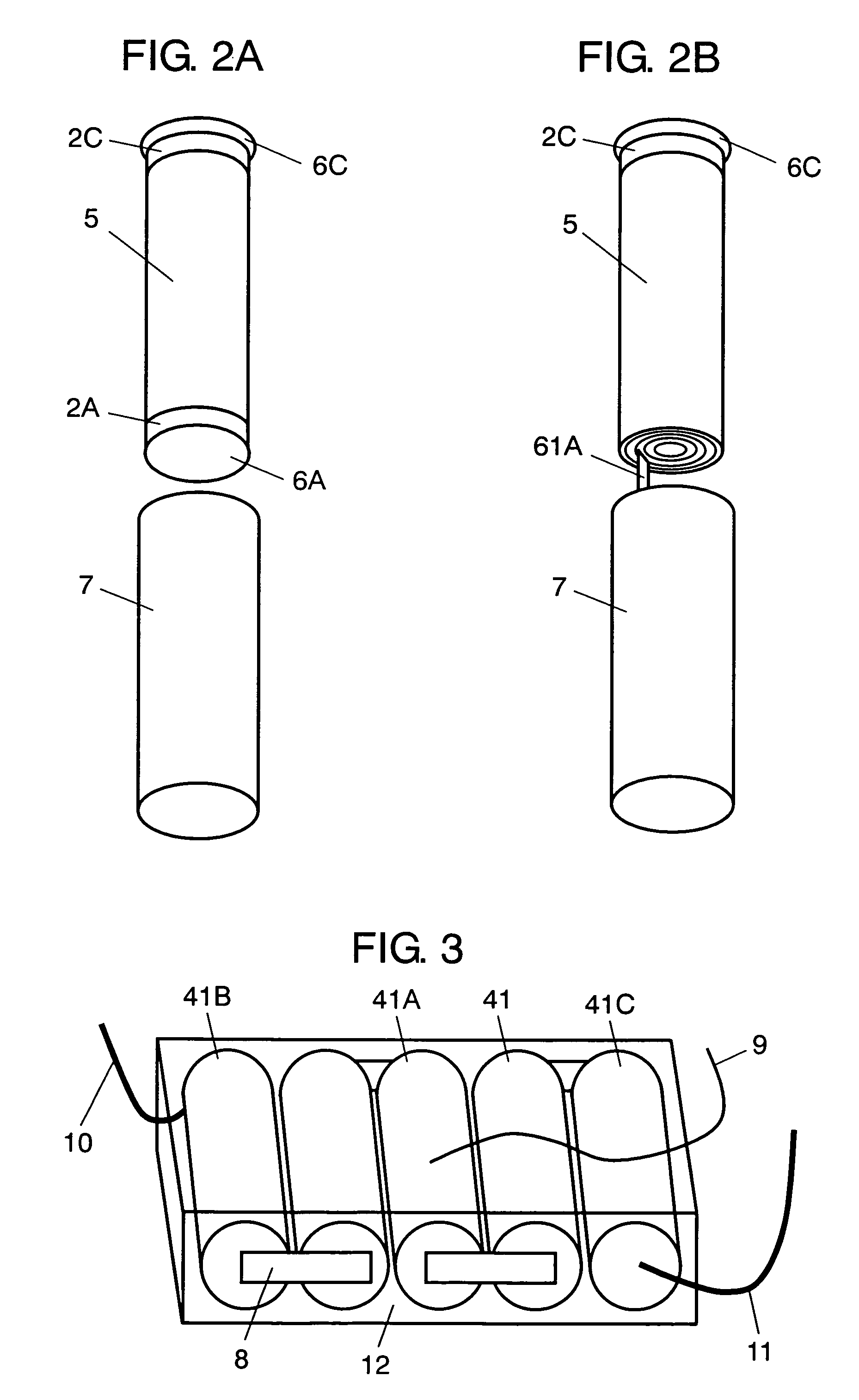Non-aqueous electrolyte secondary battery and battery pack using the same
a secondary battery and non-aqueous electrolyte technology, applied in the direction of batteries, sustainable manufacturing/processing, cell components, etc., can solve the problems of large load required to start the motor, increase the cost, and degrade the productivity, so as to reduce the number of expendable supplies, high safety, and low cost
- Summary
- Abstract
- Description
- Claims
- Application Information
AI Technical Summary
Benefits of technology
Problems solved by technology
Method used
Image
Examples
Embodiment Construction
[0019]FIG. 1A is a developed schematic view showing a positive electrode, a negative electrode, and a separator of a non-aqueous electrolyte secondary battery in accordance with an embodiment of the present invention. FIG. 1B is a sectional view of an essential part of the non-aqueous electrolyte secondary battery in accordance with the embodiment of the present invention. FIG. 2A is a schematic view of the non-aqueous electrolyte secondary battery in accordance with the embodiment of the present invention.
[0020]Electrode assembly 5 shown in FIG. 2A is formed by winding positive electrode 1 and negative electrode 3 shown in FIG. 1A together with separator 4 therebetween. As shown in FIG. 1B, positive electrode 1 includes positive electrode core sheet 22 and positive-electrode mixture layers 24 formed on both sides of positive electrode core sheet 22. Positive-electrode mixture layers 24 each have insulating layer 31 on their surface. Negative electrode 3 includes negative electrode ...
PUM
| Property | Measurement | Unit |
|---|---|---|
| heat deflection temperature | aaaaa | aaaaa |
| thickness | aaaaa | aaaaa |
| width | aaaaa | aaaaa |
Abstract
Description
Claims
Application Information
 Login to View More
Login to View More - R&D
- Intellectual Property
- Life Sciences
- Materials
- Tech Scout
- Unparalleled Data Quality
- Higher Quality Content
- 60% Fewer Hallucinations
Browse by: Latest US Patents, China's latest patents, Technical Efficacy Thesaurus, Application Domain, Technology Topic, Popular Technical Reports.
© 2025 PatSnap. All rights reserved.Legal|Privacy policy|Modern Slavery Act Transparency Statement|Sitemap|About US| Contact US: help@patsnap.com



